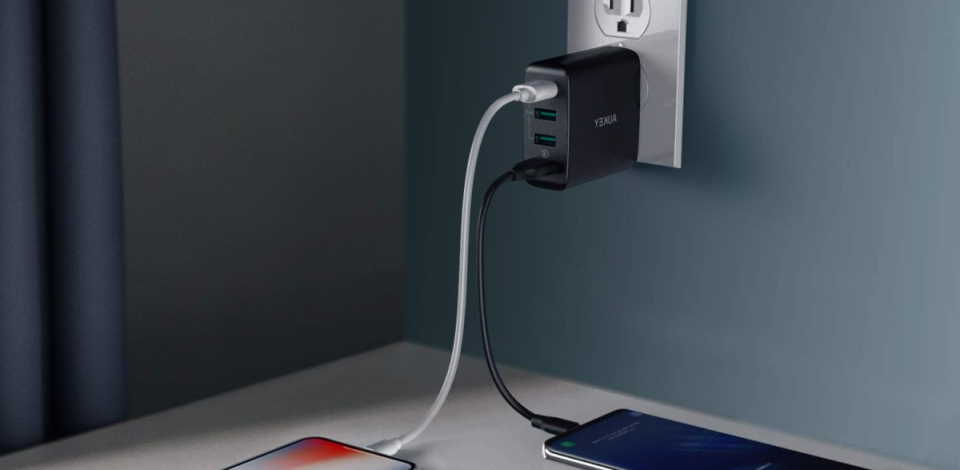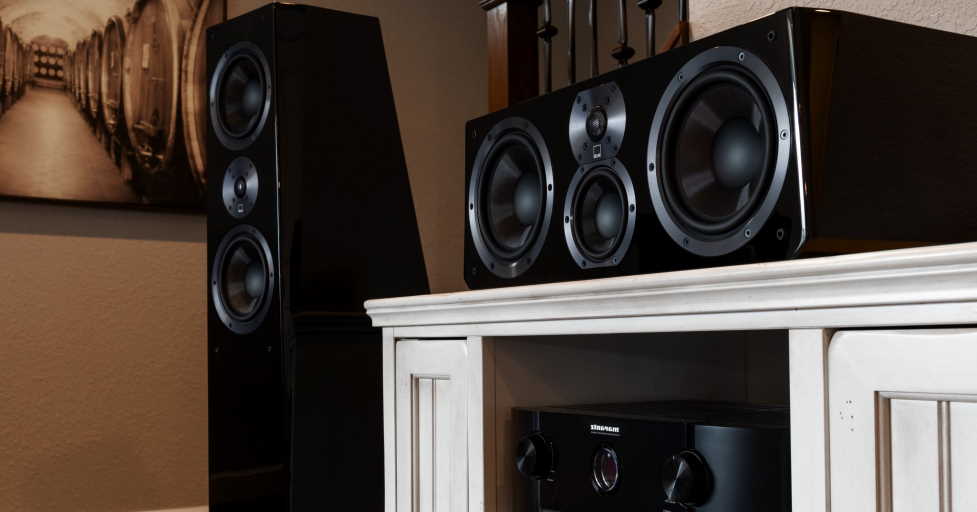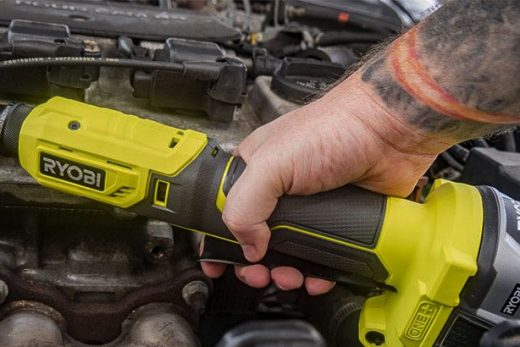If you’re looking to purchase a power inverter, you may be wondering what type of waveform is the best. There are two types of waveforms: sine wave and square wave. We’ll explore the differences between these two types of waveforms and which one is the best for your needs.
When it comes to finding the best power inverter for your needs, you need to consider two main types of waveforms: pure sine wave and square wave. Both have their unique benefits and drawbacks, so it’s essential to understand the differences before purchasing.
Pure sine wave inverters
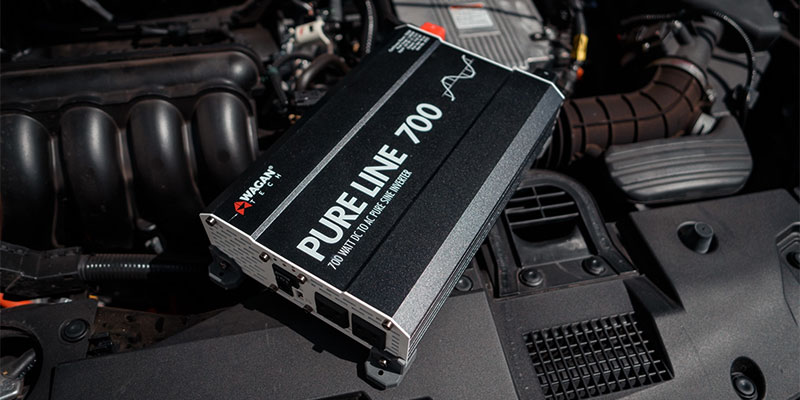
Pure sine wave inverters are a type of power converter that converts the power from an alternating current (AC) to direct current (DC). This is done by using transformers, rectifiers, and filters. The DC voltage outputted will be constant because there are no fluctuations in frequency like what you would see with other types of power converters. They produce purer energy than comparable AC sources such as grid-powered electricity or battery chargers. One downside may be that they can’t handle fluctuating loads without producing higher levels of harmonics which could damage sensitive electronics equipment. Pure sine wave inverters are best for powering high-frequency devices such as computers and printers due to their smoother flow of energy than other types of converters.
Square wave inverters
While square wave inverters are less expensive than pure sine wave models, they have drawbacks. They’re often recommended for powering smaller electronics like fans, desk lamps, TVs, DVD players, and more. But they’re not ideal for running power tools or other devices that need a steady source of wattage to operate properly.
What is the advantage of a pure sine wave inverter?
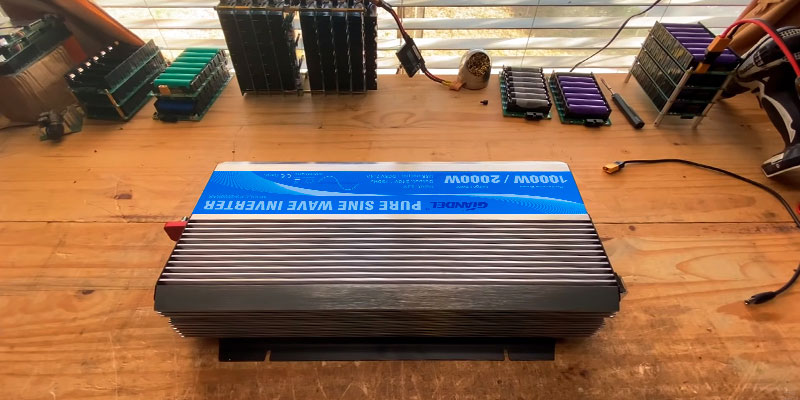
Many people are unsure of the benefits of a pure sine wave inverter. Inverters come in both pure and modified sinewave varieties, with the latter being cheaper and more common. However, pure sine wave inverters offer several advantages over their modified counterparts. First, they produce less harmonic distortion, meaning more compatible with sensitive electronic equipment. They also create less radio frequency interference. Finally, they’re better at regulating voltage levels, preventing spikes and dips in power that can damage electronics. If you’re looking for an inverter that will give you the best performance possible, a pure sine wave model is the way to go.
Inverters are used to convert DC power to AC power. Inverters can be either pure sine waves or modified sine wave inverters. What is the advantage of a pure sine wave inverter? A pure sine wave inverter gives you a cleaner, more consistent electrical signal than a modified sine wave inverter. This makes running sensitive electronics like TVs, computers, and appliances better. For this reason, if you have any high-end electronics, it’s best to use a pure sine wave inverter.
As mentioned earlier, a pure sine wave inverter can create a more accurate replica of the grid power. This means that it is less likely to cause damage to your appliances or electronics. Additionally, it can help to improve the performance of those devices. For example, a laptop plugged into an inverter with a pure sine wave will likely run cooler and longer than one plugged into an inverter with a modified sine wave.

